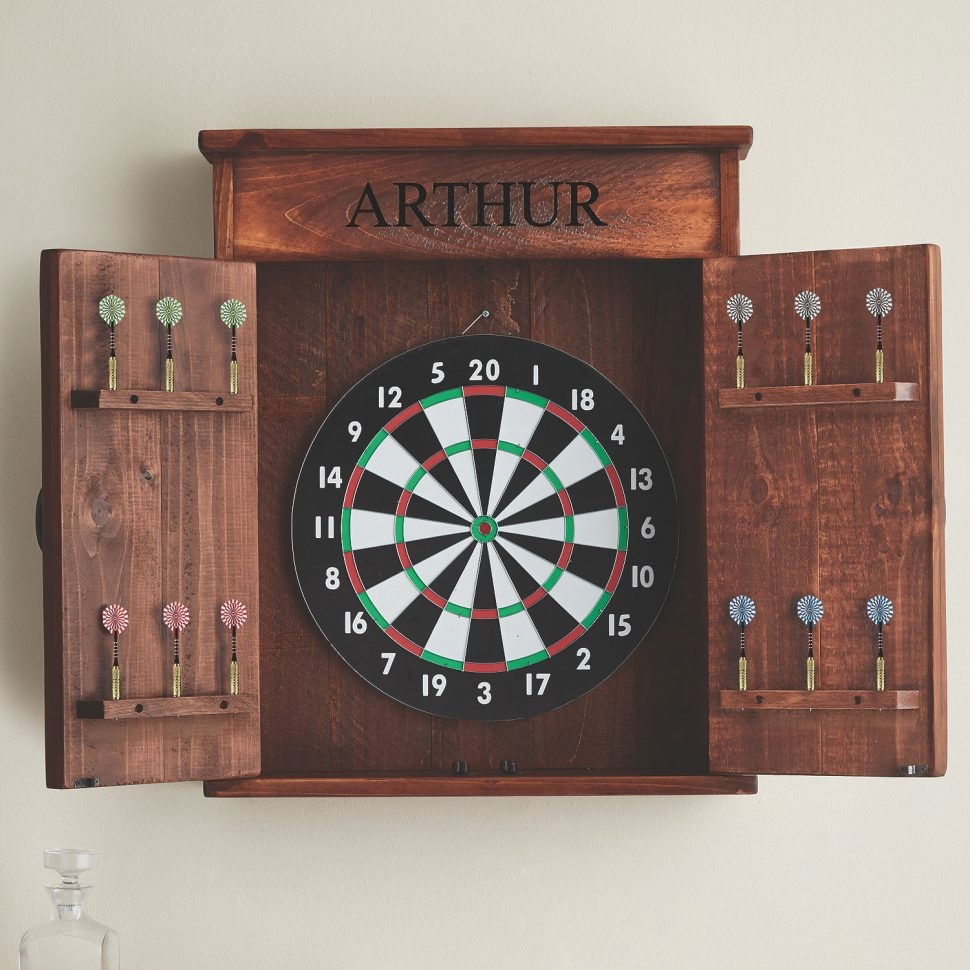Dartboard Rules and Distances – The Essential Info
In this area we see dartboard controls just as the dartboard separation and tallness that you have to set it up for.

Before playing darts just because it is a great idea to acclimate yourself with the darts guidelines and separations and how to set up a dartboard.
There aren't numerous standards and guidelines for playing darts yet to play appropriately you have to know how high the dartboard ought to be and furthermore the distance away you should remain from the dartboard when tossing your darts.
Here's a rundown:
Dartboard rules
The most widely recognized type of darts game is "501", where every player begins on 501 and needs to score focuses as fast as they can until the score arrives at zero.
Every player takes it thus to toss three darts one after another.
The aggregate score of the three darts is then subtracted from the general score (starting at 501).
The last dart tossed before the score arrives at zero must be a twofold or a bullseye.
When a player gets to underneath 180, he can checkout in 3 darts. Most numbers under 180 can be looked at.
[Take a gander at this convenient Darts Checkout Table]
For instance, if a player needs 24 and go ahead to toss, he can complete in one dart by tossing a twofold 12.
In the event that he misses and hits a solitary 12 he will, at that point have 12 remaining, which means he can wrap up by scoring a twofold 6.
In the event that the player, at that point hits a score higher than 12 he will "bust" which returns his score to what it was before his toss of darts (for example he would return to 24 and in the following three darts would need to hit a twofold 12 once more.
At the point when a player's score comes to underneath 180 he gets an opportunity to arrive at zero of every three darts with a scoring serve as the last dart. The achievement of this is known as a "checkout".
A checkout isn't workable for all mixes beneath 180, for instance, it is beyond the realm of imagination to expect to score 163 of every three darts with a twofold score on the last dart. Thusly, you can't checkout on 163.
In some matchplay adaptations of darts every player must start the game by tossing a twofold, just as completing on a twofold. This sort of game is known as a "twofold begin"
Various games are played to choose the victor. Normally, players will play the best of five "legs" to choose who wins the "set". Every leg begins at 501 and completes once a player has looked at with a twofold. Any number of sets can be played. Both the PDC World Championship and World Grand Prix utilize the "set" group for choosing victors.
Dartboard separation and tallness
Dartboard separation
The oche (the guideline dartboard good ways from the front of the board to the your toeline as you remain to toss) should gauge 7 feet 9.25 inches (237 cm). For a standing darts player the two feet should behind the oche line. For a wheelchair client both back wheels of the wheelchair must be behind the line, despite the fact that the front wheels of the wheelchair can be before the oche line.
Dartboard tallness
For a standing darts player the guideline dartboard tallness estimated vertically upwards from the floor to the focal point of the bullseye ought to be 5 feet 8 inches (173 cm).
For a wheelchair client (situated darts player) the tallness ought to be 4 foot 5 inches (137 cm) from the floor.



